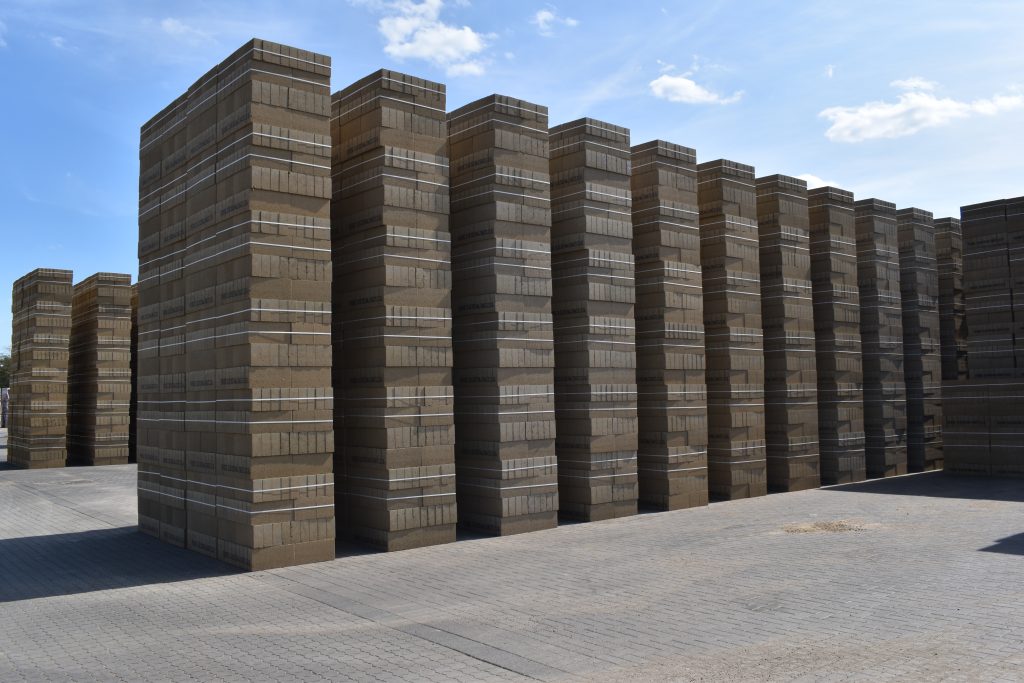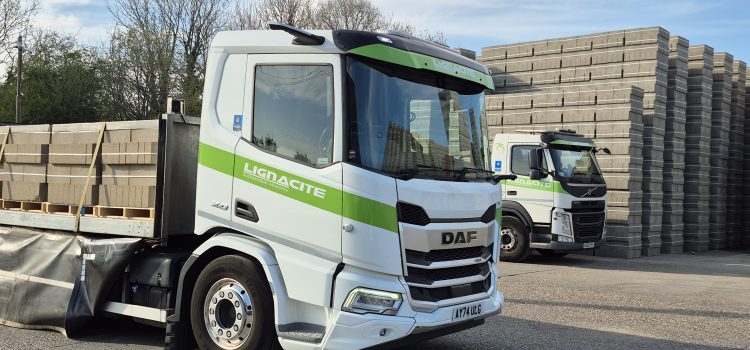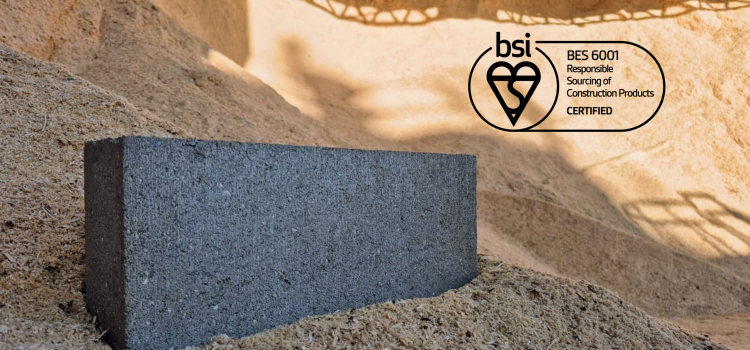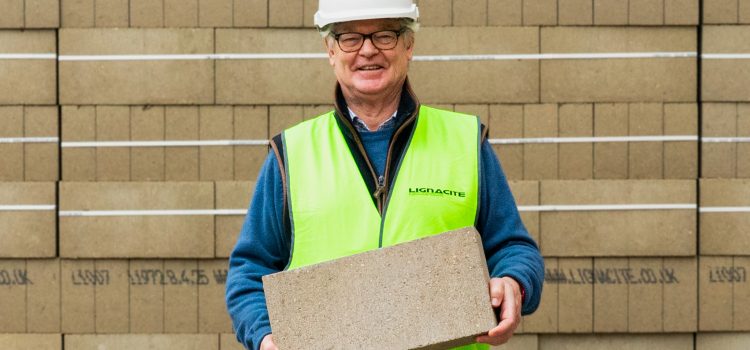Articles
The thermal performance of concrete: an introduction

Posted by Nick Franks
Learn all about the thermal performance of concrete, from thermal conductivity to resistance, in this helpful article.
Concrete is a popular construction material because it has some fantastic properties. In terms of thermal performance, it can also outshine many of its competitors. To showcase this more clearly, we’ve pulled together a roundup of concrete’s thermal performance. Read on if you’d like to learn more about its insulative abilities and its conductivity.
What are the thermal properties of concrete?
Concrete blocks are excellent thermal insulators, which is one of the many reasons why they are such a popular material in construction. Their thermal heat capacity also means that they can contribute towards a building’s thermal mass, a feature that will become increasingly important in sustainable construction.
To give you the best overview of the thermal properties of concrete, let’s take a more in-depth look at conductivity, insulation, expansion rate, resistance and thermal capacity.
The thermal conductivity of concrete
Thermal conductivity is the measure of a material’s ability to transfer heat by conduction. The lower the conductivity of a material, the less energy is transferred and the better it is as an insulator.
It is usually defined as the amount of heat (watts or W) transferred through a square area of material. It is measured in watts per metre kelvin (W/mK), which can also be expressed as λ.
The thermal conductivity of concrete blocks can be found in BS EN 1745 Masonry and Masonry Products. Methods For Determining Thermal Properties. Typically, the thermal conductivity of medium-dense blockwork is 0.51W/mK. This rises up to 1.33W/mK in dense blocks.
The thermal conductivity of concrete is therefore reasonable, although it is relatively low when compared to materials such as steel or glass. This is because concrete blocks have a more porous structure, which acts as an insulator.
The thermal insulation of concrete
Thermal insulation is a broad term that refers to the reduction of heat transfer. A thermally insulative material will therefore help to prevent heat from transferring from one space to another, such as from outside to inside or between rooms.
Concrete blocks, such as those in our Lignacite range, boast excellent thermal insulation. This is because concrete blocks have tiny pockets of air within them. Air is a poor conductor, which means that less heat is transferred. As a result, denser concrete blocks are less thermally insulative than low-density products.
The thermal expansion rate of concrete
Thermal expansion is the likelihood of a material changing its area, shape, volume and density as a result of a change in temperature. This is a key consideration when designing buildings, as designers must take into account any possible movement by construction and building materials when subjected to very cold weather or elevated temperatures.
When concrete gets hot, it can expand. And if the weather is very cold, it can contract. The exact thermal expansion rate of concrete can vary depending on factors such as its composition, moisture content and temperature range. However, the typical coefficient of linear expansion (CTE) of a dense concrete block (such as Lignacrete) is 10x10 -6 /℃.
This is equivalent to 17mm of thermal expansion for every 30.5m of concrete that is subjected to a rise or fall of 38℃.
What is the thermal expansion test for concrete?
To find out the thermal expansion of concrete, samples are subjected to temperature changes. Changes in the length of the samples are then measured. The CTE is calculated from the measured length change / original specimen length / measured temperature change.
The thermal resistance of concrete
Thermal resistance is the ability of a material to prevent heat flow and is usually expressed as m2K/W. It is used to determine the performance of different thicknesses of materials because thermal conductivity measurements do not take this into account (for example, a 100mm block would be given the same λ-value as a 190mm block).
Working out the thermal resistance, or R-value, is therefore key.
The thermal resistance is found by dividing the thickness of the material by its thermal conductivity. The higher the thermal resistance, the better as it means the material has greater resistance to heat transfer.
Designers can then use the R-value in their calculations for U-values, which measure how effective something is as an insulator.
The specific thermal heat capacity of concrete
This refers to the heat energy per unit of mass (usually 1kg) that is needed to raise the temperature of a material by 1℃. The higher the heat capacity of a material, the more energy is needed in order to increase its temperature.
Typically, the specific heat capacity of a concrete block is 800-1,000 J/kg°C.
Taking the specific heat capacity into account when designing a building is useful because it can help you to assess the benefits of the finished building’s thermal mass. Thermal mass refers to the ability of construction materials such as concrete to protect against temperature changes within buildings by absorbing and releasing heat. This can improve the thermal comfort of future residents.
Materials that have a high specific heat capacity, a high density and reasonable thermal conductivity offer a useful level of thermal mass. Concrete blocks have these properties, which makes them a practical material to consider for thermal mass.
Which factors influence the thermal performance of concrete?
Several factors influence the thermal properties of concrete, impacting its ability to conduct, store and resist heat.
- Types of aggregates
Firstly, the composition of the concrete mixture plays a crucial role. Aggregates and other cementitious materials significantly influence the thermal conductivity of concrete due to their composition, size, shape, crystallinity and distribution within the mixture. For instance, lightweight aggregates such as expanded shale or clay can reduce thermal conductivity due to their lower density and thermal resistance.
Additionally, the size and shape of aggregates impact the distribution of voids within the concrete, affecting the pathways for heat transfer. Coarse aggregates may create more air voids, increasing insulation, while finer aggregates can improve contact between particles, potentially enhancing thermal conductivity.
- Moisture content
The moisture content within the concrete also affects its thermal performance, with higher moisture levels being linked with higher thermal conductivity. This is because water is a good conductor.
- Concrete density and porosity
The density and porosity of concrete also influence its insulating properties. This is because the presence of air voids within concrete blocks can enhance insulation by reducing thermal conductivity. Concrete blocks with lower densities therefore have better thermal resistance.
Find the right concrete block for your project
If you’d like to find the right concrete product for your next build, try out our interactive Product Selector tool.
Alternatively, get in touch with our friendly Quoting Team by calling 01842 778485 today.






















